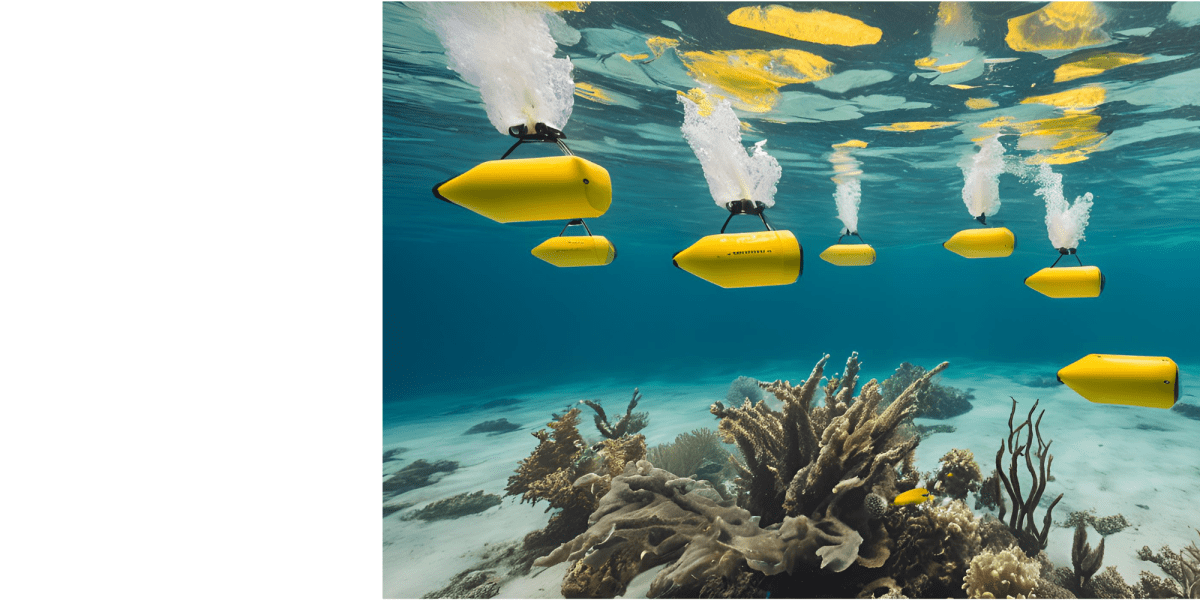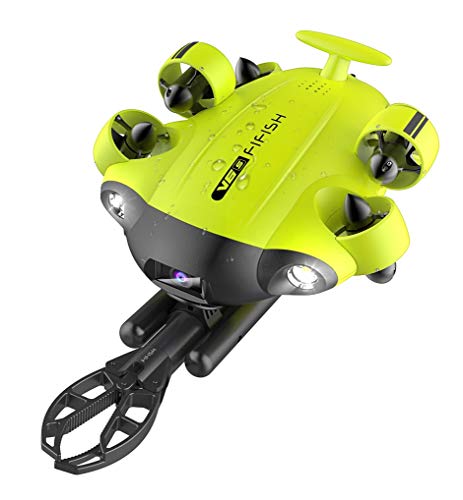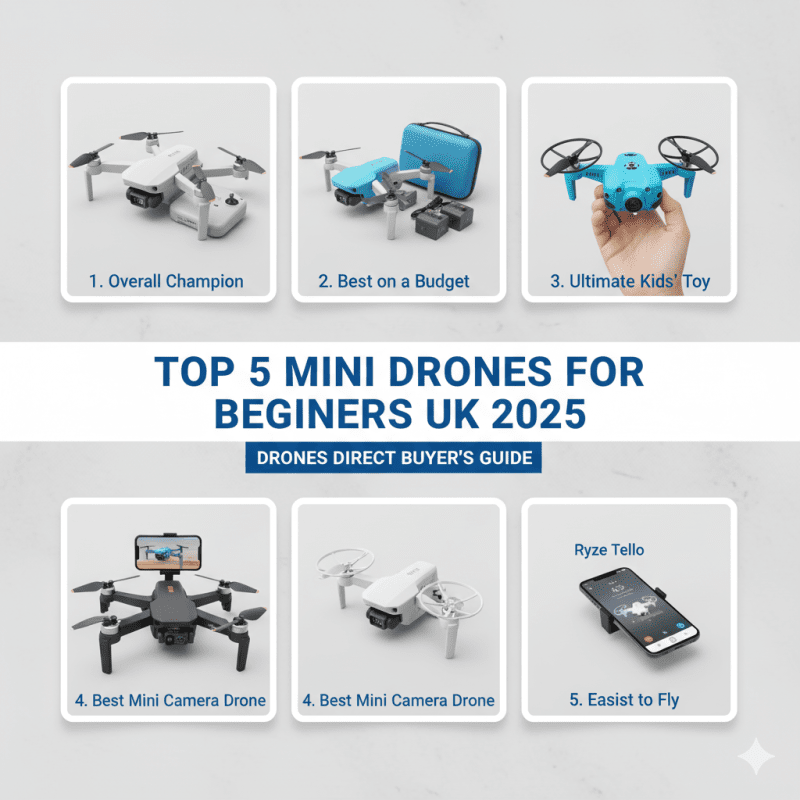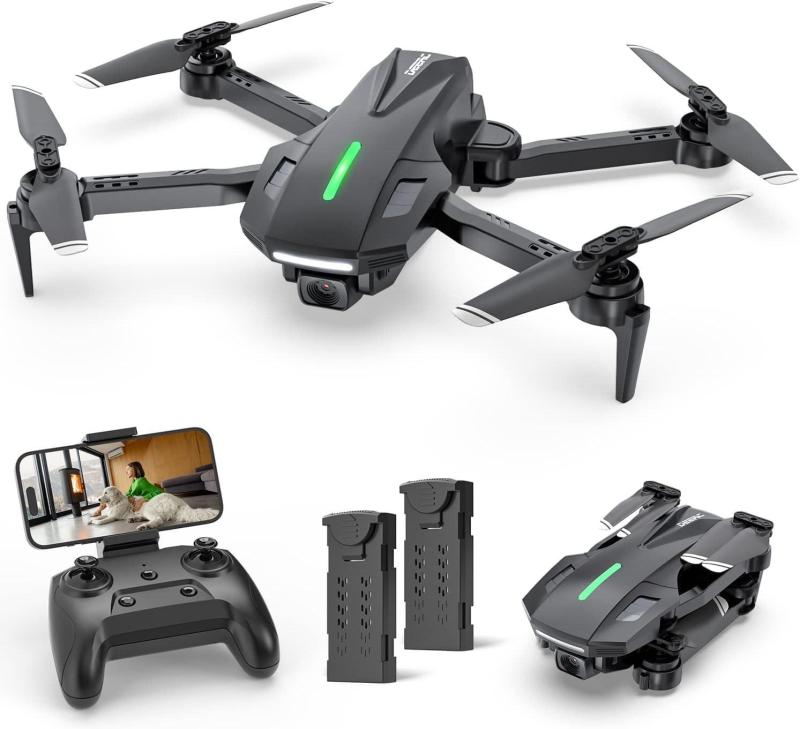Underwater drones are a rapidly growing technological innovation that has revolutionized the way we explore and study the depths of our oceans. These unmanned underwater vehicles (UUVs) are designed to perform various tasks, from oceanography research to marine surveillance and even underwater mining. With the advancement of technology, the capabilities and applications of underwater drones have expanded greatly, making them a vital tool for the study and exploration of our oceans.
The development of underwater drones has been driven by the need for human beings to explore and understand the oceans and the underwater world. Until recently, our knowledge of the ocean depths was limited as we could only access it through manned submersibles. However, these submersibles were expensive and posed a high risk to human life, making ocean exploration a potentially dangerous endeavor.
Underwater drones have changed this by allowing us to explore the oceans without the need for people to be physically present. These drones are remotely operated and can access depths that are too dangerous or costly for humans to reach. This makes them a valuable tool for oceanography research, marine habitat mapping, and oceanographic surveying.
As the technology continues to advance, the features and applications of underwater drones have expanded to include various tasks such as oil and gas exploration, marine transportation, and even search and rescue missions. This versatility has led to the widespread use of underwater drones across various industries, revolutionizing how we survey, explore, and monitor underwater environments.
Overall, the development of underwater drones has opened up a world of opportunity for scientists, researchers, and industries that require an in-depth understanding of the underwater environment. With their increasing popularity, underwater drones are set to play a valuable role in advancing our knowledge of the oceans and advancing technological innovation in the years to come.
Exploring the Applications of Underwater Drones: From Oceanography to Military
Underwater drones or unmanned underwater vehicles (UUVs) have found a wide range of applications in various fields. From exploring the depths of oceans to helping military personnel carry out their operations, underwater drones have proved to be a useful tool in many ways. Let’s take a closer look at the applications of underwater drones:
Oceanography
Underwater drones have significantly contributed to the study of oceanography. Scientists can use these drones to explore the depths of oceans and collect valuable data that can help them understand marine life, climate patterns, and ocean currents. These UUVs can go deeper than traditional research vessels, and they can do so without disturbing the underwater ecosystem. They can also be programmed to collect data at different depths, making them extremely efficient for scientific research.
Oil and Gas Industry
The oil and gas industry heavily relies on underwater drones for inspections and maintenance of underwater infrastructure. These drones can inspect pipelines, rigs, and other structures for damage and leaks, helping prevent disasters. They can also collect data on the performance of underwater equipment and provide valuable insights to improve productivity.
Fishing and Aquaculture
Underwater drones are now being used in the fishing and aquaculture industry to help monitor fish populations and track migration patterns. These UUVs can help farmers monitor water quality and detect potential problems before they become significant issues. This is especially important in aquaculture, where the health of the fish population can be a critical factor in the success of the operation.
Military Operations
Underwater drones have become an essential tool for military operations, both defensive and offensive. These drones can detect and identify underwater mines, carry out reconnaissance of enemy territory, and even deliver weapons. Some drones can also be used for search and rescue operations, making them a versatile tool for military personnel.
Conclusion
As we can see, underwater drones have a wide range of applications across various industries. As technology continues to advance, we can only expect to see more innovative uses of these UUVs in the future.
The Future of Underwater Drones: Advancements and Challenges in Submarine Robotics
Technology has advanced significantly in recent years, and one area that has seen remarkable progress is underwater drone technology. Underwater drones are remotely operated vehicles that can explore the depths of the oceans and seas, collecting data and performing a variety of tasks. With increasingly advanced and sophisticated drones being developed every day, it is clear that the future of underwater drones is promising.
Advancements in Underwater Drone Technology
One of the most significant advancements in underwater drone technology is the improvement in the power and efficiency of batteries. Modern underwater drones are capable of operating for extended periods, with some models boasting a battery life of up to 8 hours. Additionally, advancements in cameras and sensors have allowed drones to collect a vast amount of data in real-time, which can be used for scientific research, oil and gas exploration, and search and rescue missions.
Another area of advancement in underwater drones is the improvement in their navigation capabilities. Drones can now be programmed to automatically navigate through complex environments, such as underwater caves, and follow predefined paths while avoiding obstacles. This is especially important for scientific research, where drones can map and study the ocean floor or for military purposes for patrolling.
Challenges Facing Underwater Drones
While there have been significant advancements in underwater drone technology, there are still significant challenges that the industry must overcome. One of the greatest challenges is the harsh and unpredictable environment of the ocean. Drones must be able to withstand immense pressure, fluctuations in temperature, and the corrosive effects of saltwater. Another challenge is developing underwater drone technology that is affordable and accessible to a wide range of industries and organizations.
Additionally, the limitations of communication underwater pose a challenge for drones. Water is a dense medium, and signals can only travel short distances without significant degradation. This limits the range of underwater drones and reduces the amount of data they can transmit in real-time.
The Future of Underwater Drones
Despite the challenges, the future of underwater drone technology looks bright. As the technology continues to advance, we can expect to see drones that are more efficient, cost-effective and can operate in even more extreme conditions. Innovations such as autonomous underwater vehicles could lead to new capabilities, including remote monitoring, improved ocean conservation efforts, and more efficient exploration and exploitation of natural resources.
Underwater drone technology holds tremendous promise for industries such as marine biology, oceanography, and offshore oil and gas exploration. As drone technology continues to advance, we can expect to see more innovative uses and applications of underwater drones that will change our understanding and interaction with our oceans forever.
Underwater Drone with VR Headset & 4K Camera
Explore the depths like never before with an advanced underwater drone featuring a VR headset and a 4K camera
Product information
$3,070.58
Product Review Score
4.61 out of 5 stars
115 reviews




